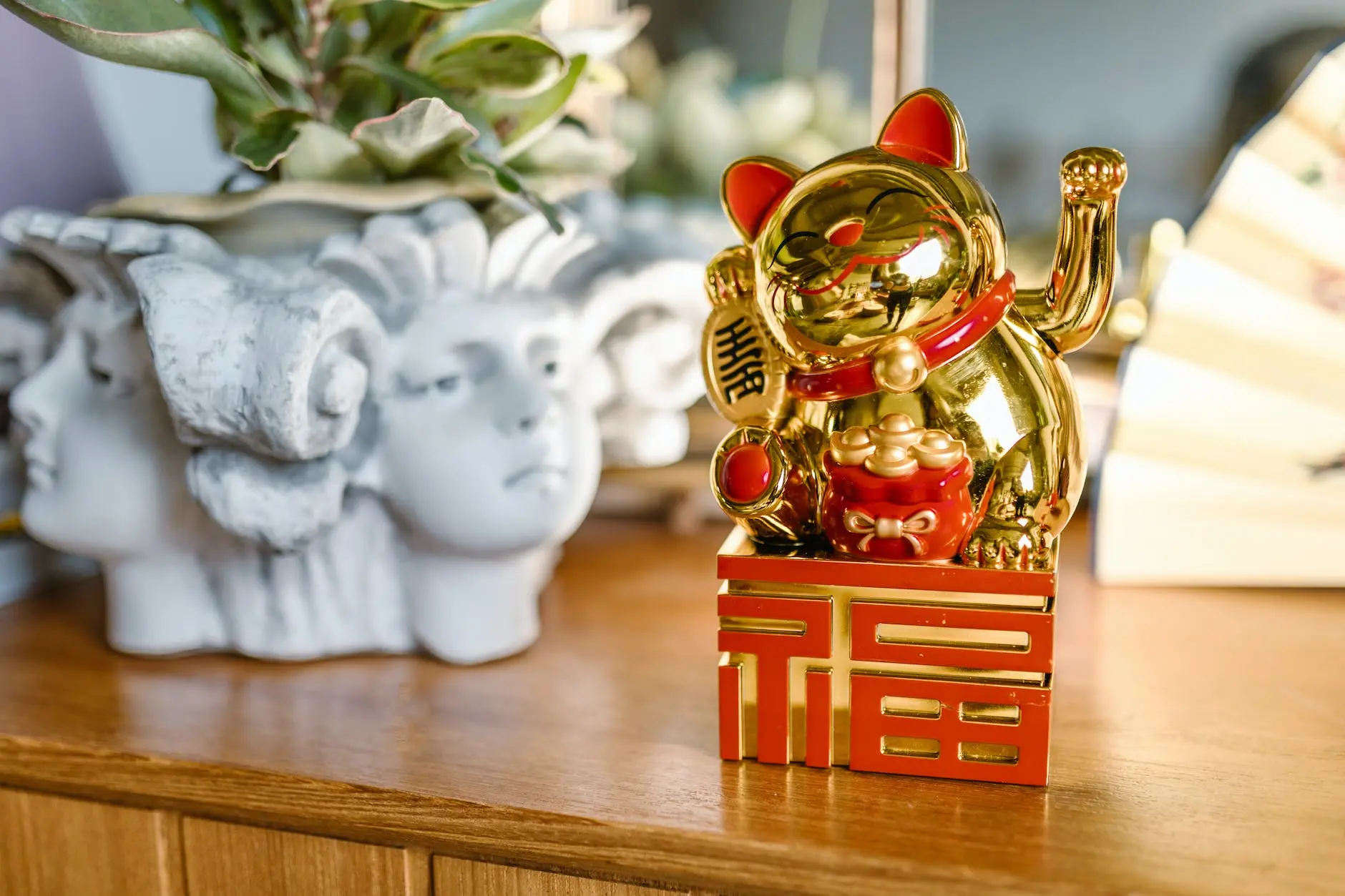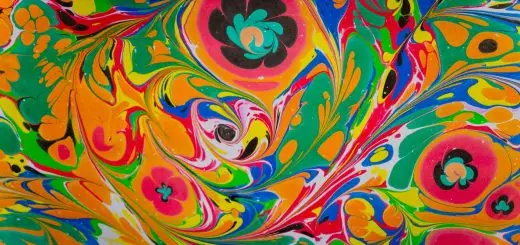Feng Shui Color: Meaning and Examples

Looking for more amazing products? Check out our online store and explore our collection here! Happy shopping!
Before diving in, please note: This post is for informational purposes only. If you’d like to know more about how we approach topics, feel free to check out our friendly Disclaimer Page.
Hey there, amazing readers! 
We’re committed to delivering quality posts, and your support (even just sticking around despite the ads) means everything to us. So, bear with us, and thanks for helping us keep the good vibes rolling. Now, on to the fun stuff!
TRANSLATE BUTTON AT THE END OF THE ARTICLE
Bright red flowers in the garden make you feel fantastic.
When that pops into your head, you can imagine a garden without flowers and one with green foliage.
At the start of every day, you are filled with happiness and joy when you see a freshly bloomed flower in your garden.
Each flower has a different hue and color, unlike any other.
The white lily is serene and can put the listener in a calm, relaxed state.
With its vibrant energy, the red rose delivers a feeling of love and passion.
It’s not just flowery pleasantries – it has the spirit to it.
Different colored flowers can help your life, as they act like a mirror that can reflect various aspects of your life to you.
In Feng Shui, they use the natural magic of colors to change people’s lives.
Feng Shui is a Chinese practice of creating a balance between yin and yang energies.
It helps you achieve happiness, calmness, and well-being by precisely giving your personality or environment what they need.
You’ve probably heard of two types of energies – yin and yang.
They’re often represented in Feng Shui as colors, with ‘yang’ representing this life force pushing upwards towards the sky.
As yin energy moves up and diffuses, it begins to meet yang energy.
Yin allows for expansion, while yang creates a contraction.
Yin energies are popular with Feng Shui practitioners because they are considered associated with dreaminess.
The colors white, blue, green, and purple also happen to be associated in the human eye with yin energy.
Suppose you have too many creative, inspiring objects and bright colors in your home office.
In that case, Feng Shui may ask you to get rid of them and replace them with more vibrant colors that will help you get into the right spirit for work.
Feng Shui is the practice of arranging your surroundings to bring out a desired or intended outcome.
All colors have meaning in Feng Shui, which you can use to bring harmony and balance into your life.
You should know that a home’s Feng Shui colors can positively affect your life and career goals.
To achieve this effect, it is wise to tone down dark against light or bring out the orange.
Balancing using Feng Shui Colors should be your guiding principle, not creating excesses.
You can tell a lot about the colors in Feng Shui by examining the characteristics of each one.
While colors are often used in the design, you should know what specific colors and configurations will do for each space.
Yin Colors and Feng Shui
Colors play an essential part in feng shui.
They are divided into yin colors that bring about healing and relaxation and colors that primarily signify movement.
Blue
Blue is a color with yin energy and is calmer and soothing.
This color is enormously significant in Feng Shui, as it reflects love as it heals and relaxes.
It creates a feeling of peace and trust.
Feng Shui focuses on the sea, sky, and watercolor.
Navy blue is also the color of intelligence.
Its meaning is adventure, spirituality, and intellect.
Black
Black is a Feng Shui color with many positive associations, like power and protection.
It is the color of career success and wealth, so black can be great for themes like career or finances in your design.
Purple
Purple is not the most well-known color in spiritual Feng Shui, but it has many benefits.
It is excellent for physical and mental healing, and it’s a type of spiritual awareness.
White
The color of Feng Shui is mainly used in combination with silver or gold to generate the atmosphere.
It’s used because the color is associated with Yin energy and helps induce harmony and purity into your home.
When working with other yin colors like pink and green, the emphasis is different from the primary four Feng Shui colors: blue, green, red, and yellow.
Yang Colors and Feng Shui
Yellow
The color yellow is considered to be just as auspicious as red.
The Feng Shui context represents sunlight, warmth, color, cheerfulness, and friendliness.
Some people say prolonged exposure to intense yellow can cause anxiety.
Others who believe in Feng Shui indicate that a color’s energy can calm you down.
Orange
Natural light enters through the windows of this office, with yang energy coming in bright and orange.
The color used offers much spiritual significance for Feng Shui practice as it keeps your concentration strong.
Orange is the organization’s color; when you’re feeling stuck in your creative process and need to give yourself a sense of purpose, try using orange in your work.
Other Feng Shui Colors
The colors of Feng Shui other than black can be gold, tan, brown, red, mauve, and maroon.
Each one has a different significance, such as money, luck, or romance.
Different colors of light can be used to optimize the chi flow in different Feng Shui elements.
These colors can be mixed and matched with each other to achieve specific desired outcomes.
Colors and Feng Shui can have a lot of impact on the exterior design of your home.
Some colors are specifically for use in certain areas and are meant to denote specific directions.
Feng Shui sometimes recommends picking exterior colors that will visually appeal to your primary home.
These colors can match or enhance the overall Feng Shui type of your home.
For example, if your house faces the south, painting its exterior with white, grey, or blue can help maximize the chi flow throughout.
Houses facing east are typically recommended to use earth tones or metal tones.
This has been said to be helpful in many ways for enhancing positive energies.
Recently, this article was created to introduce you to the relationship between colors and Feng Shui.
As with many other practices in Feng Shui, many specific requirements and techniques must be practiced to get the best possible results.
Observing this core concept of understanding the principles is a crucial aspect of Feng Shui.
If you want to take advantage of the benefits of Feng Shui, it is essential to know exactly what it is.
This allows you to use its tips effectively and find out what might be missing from your life.
The opening of your heart should be more important than the knowledge of colors and Feng Shui practices because this allows the healing energies to flow and boost your life.

The Enlightenment Journey is a remarkable collection of writings authored by a distinguished group of experts in the fields of spirituality, new age, and esoteric knowledge.
This anthology features a diverse assembly of well-experienced authors who bring their profound insights and credible perspectives to the forefront.
Each contributor possesses a wealth of knowledge and wisdom, making them authorities in their respective domains.
Together, they offer readers a transformative journey into the realms of spiritual growth, self-discovery, and esoteric enlightenment.
The Enlightenment Journey is a testament to the collective expertise of these luminaries, providing readers with a rich tapestry of ideas and information to illuminate their spiritual path.
Our Diverse Expertise
While our primary focus is on spirituality and esotericism, we are equally passionate about exploring a wide range of other topics and niches 

To ensure we provide the most accurate and valuable insights, we collaborate with trusted experts in their respective domains 
Our blog originally focused on spirituality and metaphysics, but we’ve since expanded to cover a wide range of niches. Don’t worry—we continue to publish a lot of articles on spirituality! Frequently visit our blog to explore our diverse content and stay tuned for more insightful reads.
Hey there, amazing reader! 
Check out our store here and take a peek at some of our featured products below! Thanks for being awesome!












